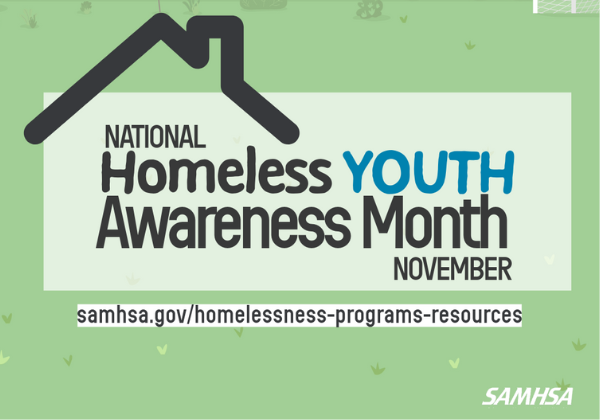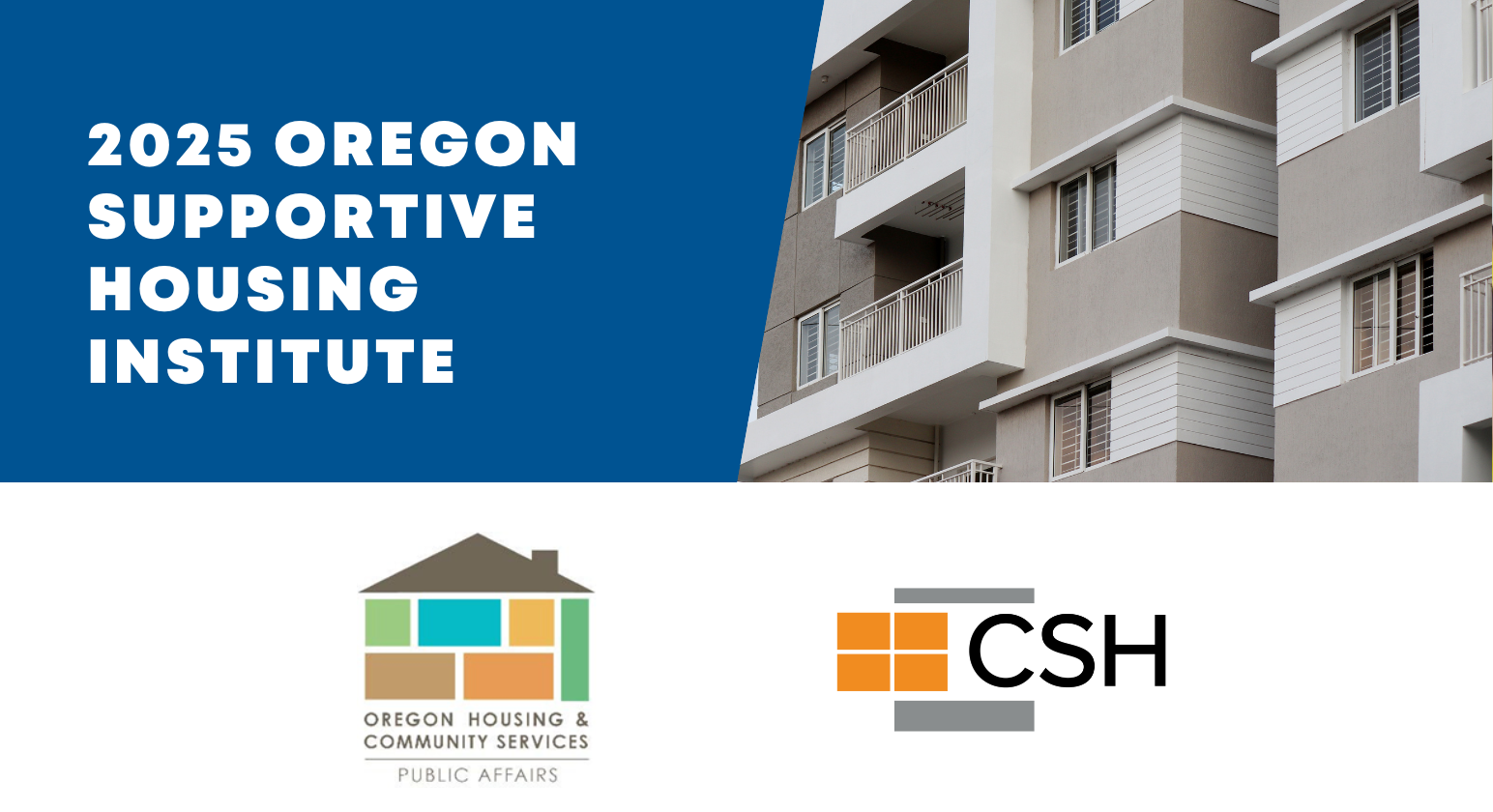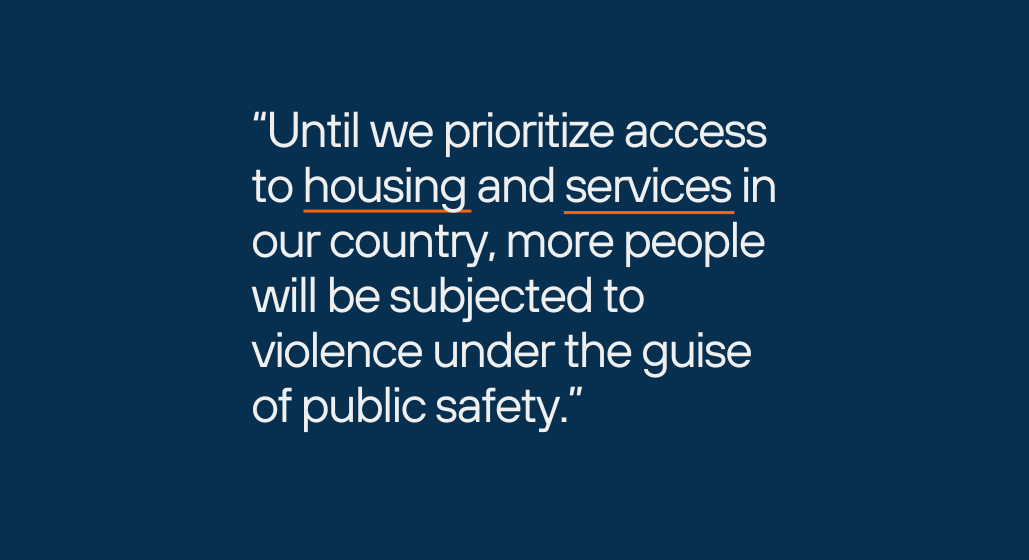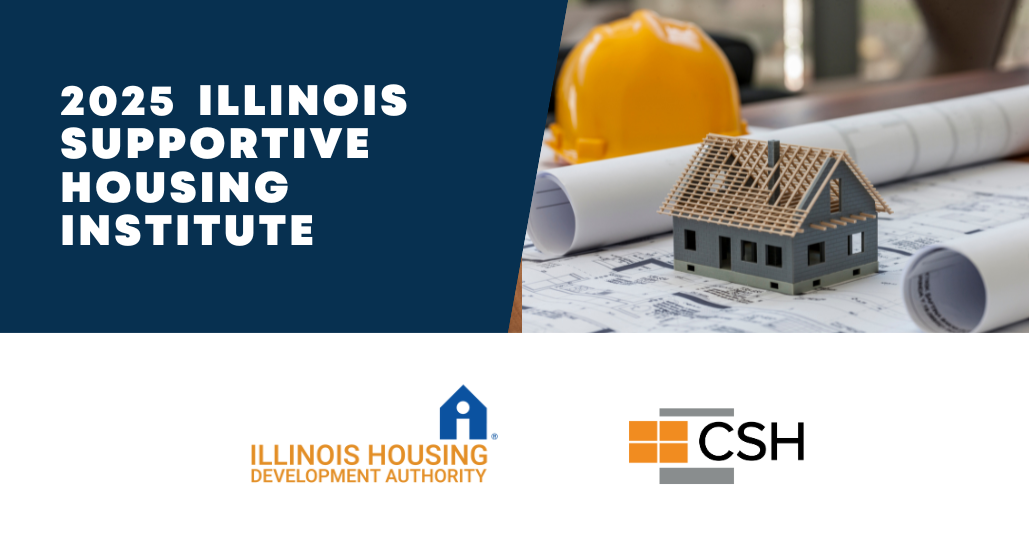Affordable housing paired with tailored support services prevents housing instability, addresses homelessness, and empowers young people to build healthy, thriving lives. When youth and young adults have a safe place to call home, along with supportive relationships and access to services tailored to their unique needs and aspirations, they can achieve housing stability and prevent homelessness.
A range of factors contribute to young people’s experiences of homelessness and housing instability. In particular, youth and young adults of color are disproportionally impacted by housing instability. Youth and young adults of color are also more likely to experience involvement with the child welfare system or foster care. Every year, more than 20,000 youth and young adults age out of foster care. Research shows that these young people are at very high risk for experiencing homelessness. Between 31%-46% of these young people will experience homelessness before the age of 26.
Data and Disproportionality Resources
Creating Housing and Services Opportunities for Youth and Young Adults
Foster Youth to Independence Housing Vouchers & Family Unification Program Vouchers for Youth
Both the Foster Youth to Independence (FYI) and Family Unification Program for Youth provides an up to 36-month housing voucher for youth ages 18 through 24 years who:
- Left foster care at age 16 or older or will leave foster care within 90 days through the formal child welfare transition plan, and
- Is experiencing or is at risk of experiencing homelessness.
These vouchers can be extended for up to 60 months if certain criteria are met. Also, housing authorities can apply to access youth housing vouchers from HUD “on demand” and whenever opportunities for competitive applications are announced.
The Need for FYI by State and Housing Authorities Administering FYI
National Alliance to End Homelessness has created maps to show: 1) the rates of homelessness for young and young adults transitioning out of foster care, and 2) the percentages of housing authorities in each state that are accessing FYI vouchers. You can also view the resources below for additional information about housing authorities that administer FYI vouchers.
Foster Youth to Independence (FYI) Resources
Action Steps
Steps for child welfare and housing sector leaders to better leverage FYI and FUP vouchers
-
- Understand the need for FYI vouchers in your state and identify a housing authority and child welfare partner to discuss increasing access to FYI vouchers in your community
-
- Read and share briefs published by CSH with the support of Casey Family Programs about how to partner to utilize FYI vouchers.
-
- Invite your local partners to discuss the need and strategies to access and utilize FYI vouchers
-
- Read and share these articles by HUD, HHS and National Alliance to End Homeless about the importance of FYI: HUD: Why FYI Matters, HHS: Why FYI Matters, NAEH: Why FYI Matters
-
- Visit the One Roof Child Welfare and Housing Resource Hub for resources and reports to learn more about related cross sector strategies.
-
- Learn more about extended Medicaid opportunities for YYA leaving foster care and/or juvenile justice and carceral settings: Medicaid Opportunities to Support Youth Leaving Incarceration – The Annie E. Casey Foundation, Medicaid Coverage of Youth Formerly in Foster Care Changes under SUPPORT Act – HHS-CMS
Creating and Improving Supportive Housing and Affordable Housing for Youth and Young Adults
Over the last five years, CSH’s lending and community investment has supported the creation of 631 permanent supportive housing units and 606 affordable housing units dedicated to youth and young adults. These new affordable and supportive housing units are located across the country – from California to New York, Georgia to Indiana, and Washington State to Maryland.
CSH also provides technical assistance to youth-specific developments, such as Arlington Drive in Tacoma, WA. In New Jersey, CSH worked closely with the New Jersey Department of Children, Youth and Families to create this resource guide around working with youth and young adults.
Additional information on CSH’s work to support both youth and families can be found here: Youth and Families – Housing and Cross-Sector Solutions – Corporation for Supportive Housing
Resources for Creating & Improving Supportive Housing
Action Steps
Steps for child welfare and housing leaders to create and improve housing opportunities for youth
- Participate in a CSH Supportive Housing Institute in your area, take a course through CSH’s Supportive Housing Training Center, or connect with CSH about consulting and technical assistance opportunities.
- Learn about and discuss your role in implementing leading strategies to prevent and end youth homelessness: New Opportunities: A National Strategy to Prevent Homelessness – Chapin Hall
Additional Resources from SAMHSA
SAMHSA has programs and resources to help prevent and end homelessness, including among youth with mental health or substance use disorders.






